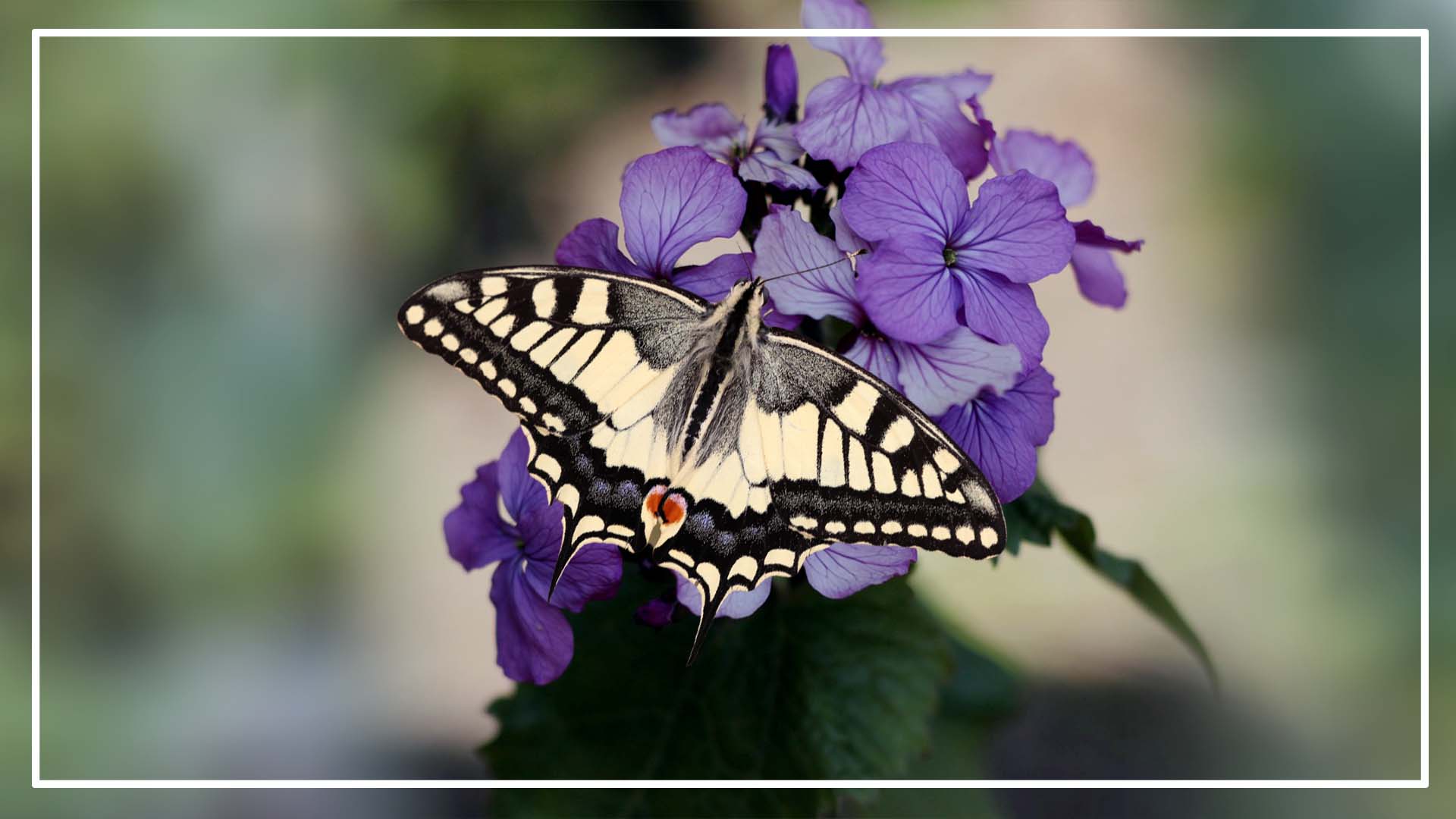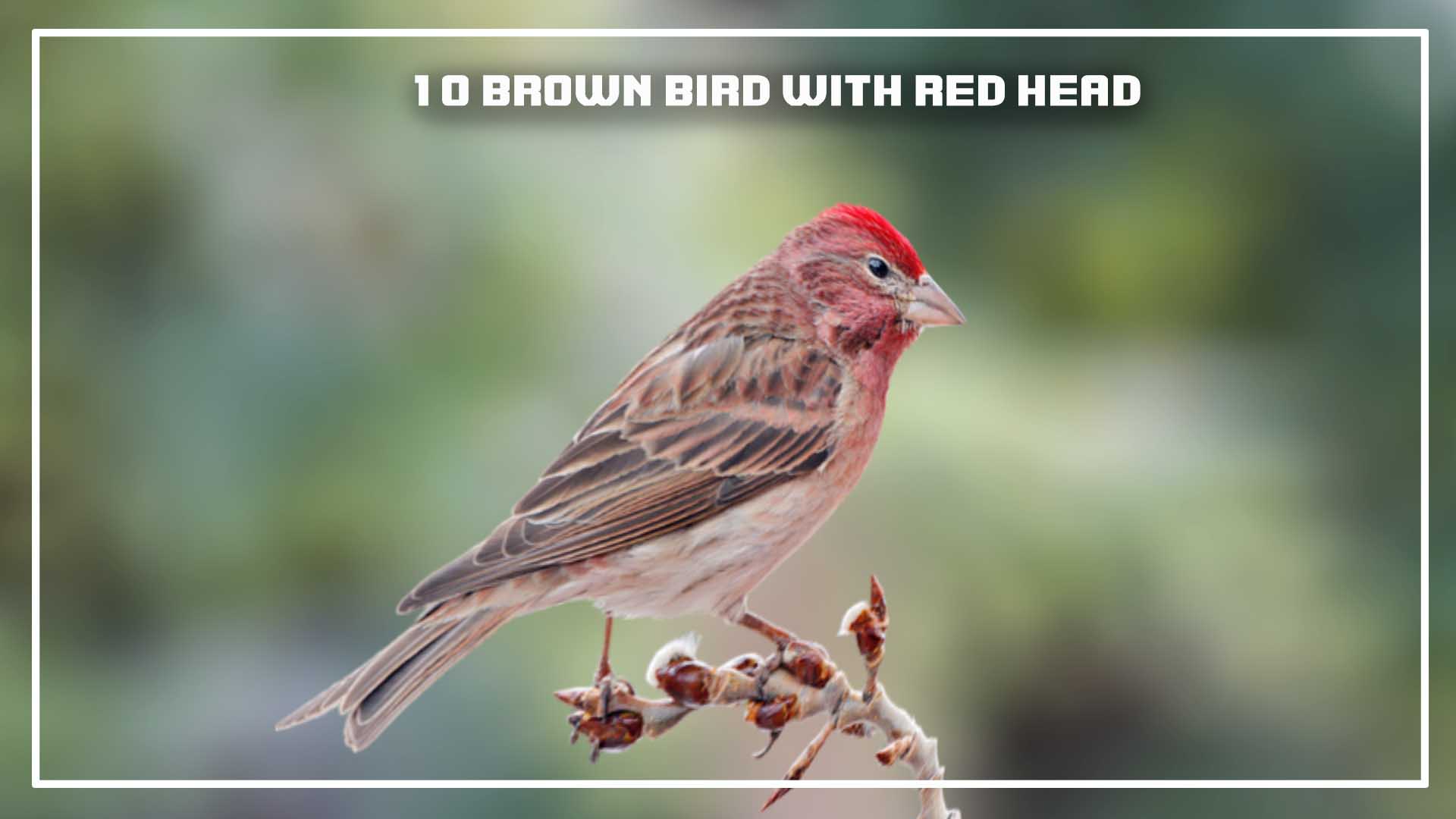Crows and starlings are two common bird species that can be found in various parts of the world. While they may appear similar at first glance, there are several key differences between crows and starlings. In this article, we will explore seven distinct characteristics that differentiate crows from starlings.
Comparing Crow vs Starling
To help you understand the differences between crows and starlings more easily, let’s compare them side by side in the following table:
| Characteristics | Crow | Starling |
| Size | Larger | Smaller |
| Eyes | Dark | Light |
| Legs | Strong, larger claws | Slender, smaller claws |
| Bill | Sturdy, curved | Thin, straight |
| Tail | Squared or rounded | Pointed |
| Coloration | Mostly black | Iridescent plumage |
| Range | Worldwide | Varied regions |
The 7 Key Differences Between Crow vs Starling
Now, let’s take a closer look at each of the seven key differences between crows and starlings:
Crow vs Starling: Size
One of the most apparent distinctions between crows and starlings is their size. Crows are generally larger birds, measuring around 17 to 21 inches in length and weighing between 12 to 16 ounces. On the other hand, starlings are smaller, with an average length of about 7 to 9 inches and a weight ranging from 2 to 3.5 ounces.
Crow vs Starling: Eyes
The color of their eyes is another contrasting feature. Crows typically have dark-colored eyes, ranging from deep brown to black. In contrast, starlings possess light-colored eyes, which are often yellow or white.
Crow vs Starling: Legs
When it comes to their legs, crows have strong, sturdy legs with larger claws that allow them to perch and walk on various surfaces. Starlings, on the other hand, have slender legs with smaller claws, enabling them to navigate more delicate perching spots.
Crow vs Starling: Bill
The shape and size of their bills also differ. Crows have sturdy, curved bills that help them crack open nuts and dig for insects. In contrast, starlings have thin, straight bills that aid them in probing the ground for food and catching insects in flight.
Crow vs Starling: Tail
The shape of their tails is another distinguishing factor. Crows typically have squared or rounded tails that are often fan-shaped. Starlings, on the other hand, possess pointed tails, which contribute to their agile flight and aerial maneuvers.
Crow vs Starling: Coloration
In terms of coloration, crows are predominantly black birds, with glossy feathers that may exhibit shades of blue, purple, or green in certain lighting conditions. Starlings, on the other hand, have iridescent plumage that can display a range of colors, including metallic greens, purples, and blues.
Crow vs Starling: Range
While both crows and starlings can be found in various regions, their ranges differ. Crows have a worldwide distribution, inhabiting diverse habitats across North America, Europe, Asia, and Africa. Starlings, however, have more specific ranges and can be found in regions such as Europe, Asia, and North America.
FAQ
Which bird is similar to a Crow?
A bird that is similar to a crow is the raven. Ravens are closely related to crows and share many physical and behavioral traits. They belong to the same genus, Corvus, and are often considered larger and more robust than crows.
Are starlings members of the Crow family?
Starlings, however, are not members of the Crow family. They belong to the family Sturnidae, which includes species like the common starling (Sturnus vulgaris). Despite their similar-sounding name, starlings are not closely related to crows.
Is Starling a Blackbird?
While starlings are not blackbirds, they are often mistaken for them due to their similar appearance. Blackbirds, specifically the common blackbird (Turdus merula), belong to the family Turdidae. They have all-black plumage, unlike starlings, which have iridescent feathers.
What is like a crow but bigger?
If you’re looking for a bird that resembles a crow but is larger, the raven fits that description. Ravens are generally bigger and heavier than crows, with a wingspan that can reach up to four feet. They have a similar overall appearance but are typically more massive in size.
Conclusion:
Crows and starlings may share certain similarities, but their distinct characteristics set them apart. From size and coloration to bill shape and range, understanding these key. There is a difference between Crow and Raven’s intelligence.











